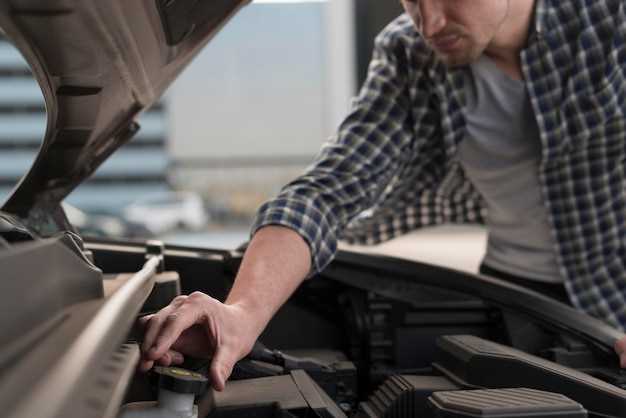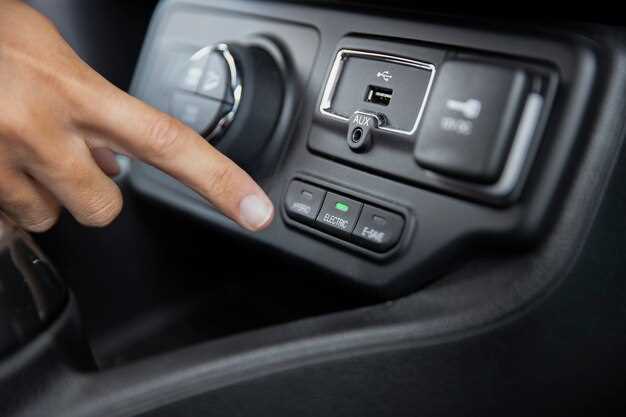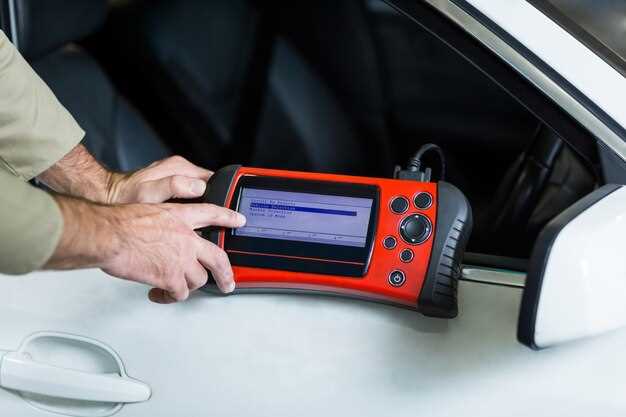
How to Test Car Fuses and Relays
- Arthur Rodriquez
- 0
- Posted on

Maintaining your vehicle’s electrical system is crucial to ensure its reliability and performance. At the heart of this system are the fuses and relays, whose primary function is to protect against electrical overloads and provide control over various components. Regular testing of these components is essential to prevent unexpected failures that could lead to costly repairs or dangerous situations on the road.
Understanding how to properly test fuses and relays can empower car owners and mechanics alike. This guide will provide you with detailed steps on how to check the integrity of your fuses and the functionality of your relays, helping you to maintain a safe and efficient vehicle. Often overlooked, these small yet significant components can save time, money, and enhance the overall driving experience when they are in good working order.
In this article, we will cover various methods of testing fuses and relays, the tools you will need, and the best practices for ensuring that your vehicle’s electrical system remains in top shape. By the end, you will have the knowledge necessary to diagnose potential issues before they escalate, ensuring your car remains reliable for all your journeys.
Identifying Common Electrical Issues through Fuse Inspection

Inspecting fuses is an essential step in diagnosing electrical problems in your car. Fuses act as protectors for the electrical components, preventing damage from overloads and short circuits. Analyzing the condition of the fuses can provide valuable insights into underlying issues within the electrical system.
One common issue is a blown fuse. When a fuse is blown, it indicates an overload in the circuit it protects. For example, if the headlights stop working, checking the headlight fuse first can quickly confirm whether there is a problem with the circuit or the lights themselves. A blown fuse can result from worn-out wiring, a malfunctioning component, or even a simple electrical short.
Discoloration or corrosion on a fuse can also signal problems. A corroded fuse may not make proper contact, leading to intermittent electrical failures. Similarly, melted or discolored connections around the fuse holder can indicate persistent high current that needs immediate attention. This type of inspection helps to pinpoint malfunctioning components that may not yet have caused a total failure.
Frequent blown fuses are a major red flag. If a specific fuse keeps blowing, it is crucial to examine the circuit and related components for underlying issues. Replacing the fuse without addressing the root cause can lead to further damage and costly repairs in the future.
In summary, inspecting fuses can help detect common electrical issues in your car. By checking for blown, discolored, or corroded fuses, you can identify potential problems early, ensuring the longevity and reliability of your vehicle’s electrical system.
Step-by-Step Procedure for Testing Car Relays
Testing car relays is crucial for vehicle maintenance, ensuring that electrical systems function properly. Begin by identifying the relay you want to test, typically found in the fuse box under the dashboard or hood of the car.
First, ensure the ignition is off and disconnect the car battery to prevent any electrical shock or short circuits. Use a multimeter set to the resistance (ohms) setting to test the relay’s coils and contacts.
Next, remove the relay from its socket. Check the coil terminals by placing the multimeter probes on the respective terminals. A functional relay should show low resistance between the coil terminals, indicating continuity. If the reading is significantly high or infinite, the coil is faulty and the relay needs replacement.
After testing the coil, check the relay’s contacts. While keeping the multimeter on the resistance setting, connect the probes to the output terminals. Activate the relay by applying power directly to the coil terminals using a battery or power supply. A properly working relay will show low resistance across the output terminals when energized. If there is no continuity, the relay is defective.
Once tests are complete, reconnect the relay to its socket and the car battery. If any issues were found during testing, ensure to replace the relay and check associated fuses for any damage, as they may affect the relay’s performance.
Following these steps will help ensure that your car’s electrical systems remain reliable and functional.
Tools Required for Diagnosing Fuse and Relay Problems

To effectively diagnose issues with fuses and relays in your car, having the right tools is essential. Here is a list of necessary equipment that will help streamline the testing process.
1. Multimeter: A multimeter is a crucial tool for measuring voltage, current, and resistance. When testing fuses, it helps determine if the fuse is intact or blown. A digital multimeter can provide clear numerical values, making it easier to identify electrical issues.
2. Fuse Puller: A fuse puller is a simple but effective tool that allows you to safely remove fuses from their sockets without damaging them or the circuit. This reduces the risk of injury from electrical shock and protects the fuse from being broken during extraction.
3. Test Light: A test light is useful for checking the presence of voltage in circuits. This tool can help identify whether the relay is receiving power, indicating whether the relay itself or the associated wiring is at fault.
4. Wire Stripper and Crimper: These tools are essential for performing repairs or modifications to wiring connected to fuses and relays. If a wire is damaged, stripping and crimping can restore electrical continuity.
5. Automotive Repair Manual: A repair manual provides important information about fuse and relay locations, specifications, and schematics for your specific car. This resource is invaluable for troubleshooting and understanding the system’s layout.
6. OBD-II Scanner: For modern vehicles, an OBD-II scanner can read error codes related to electrical components. This device can help pinpoint issues related to fuses and relays by analyzing the vehicle’s on-board diagnostics.
Equipping yourself with these tools will enable you to efficiently troubleshoot and resolve issues related to fuses and relays in your car. Proper diagnosis is key to ensuring your vehicle’s electrical system functions smoothly.